How to Choose Small Evergreen Trees for Landscaping
- March 18, 2024
- 0 comment
Welcome to our guide on choosing small evergreen trees for landscaping. Evergreen trees are a cornerstone of any well-designed garden, providing year-round color, privacy, and structure. Whether you’re an experienced landscaper or a budding garden enthusiast, this guide will help you select the perfect evergreens for your space.
Understanding Evergreen Trees
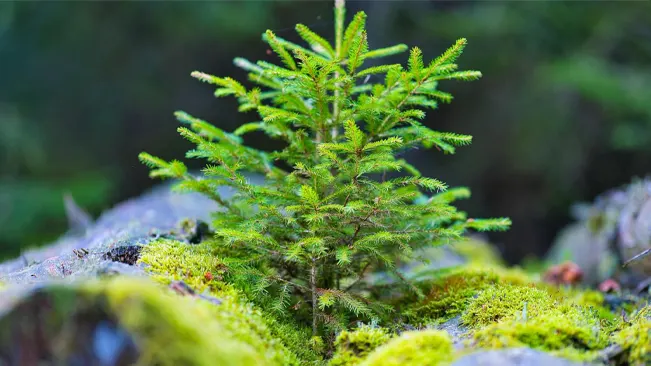
The Importance of Evergreens in Landscaping
Evergreen trees keep their leaves all year, which means they’re always green. This is great for your garden because it stays colorful even when other plants lose their leaves in the fall. Evergreens can do a lot of cool things for your garden. They can act like natural fences, keeping your space private. They can also block strong winds, which helps protect more delicate plants. Plus, they help shape your garden, making it look nice all year.
In winter, when most of the garden doesn’t grow much, evergreens keep the place looking lively and green. They’re like the backbone of your garden, helping everything else stand out and look good throughout the seasons. They also help the environment by giving animals a place to live and helping the soil stay healthy.
Types of Evergreen Trees
Evergreen trees come in all sizes and shapes. Some are really big, and some are small enough to fit in smaller gardens. There are types like dwarf spruces, small junipers, or little pines that don’t take up much space. These smaller trees can still make your garden look great without making it feel too crowded.
Choosing the right tree isn’t just about finding one that fits. It’s about thinking about how it grows, how much care it needs, and what it adds to your garden’s look. Small evergreen trees are really useful because they can handle different weather, soil, and light conditions. They can make your garden interesting with their different colors and leaf shapes.
When picking an evergreen tree, think about what your garden is like and what you want it to look like. Whether you want a cozy, green spot, a neat and tidy garden, or a place that’s good for wildlife, there’s an evergreen tree that can help you make that happen. By choosing the right small evergreen trees, you can make sure your garden stays beautiful and full of life all year.
Factors to Consider When Choosing Small Evergreen Trees
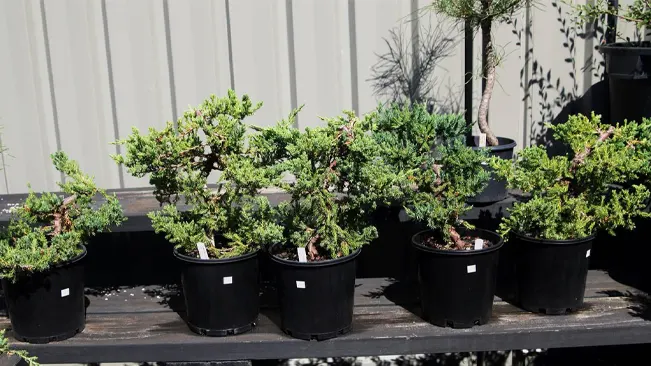
Climate Suitability
When picking evergreen trees for your garden, it’s super important to choose ones that love your local weather. Every place has its own climate zone, and trees that do well in one zone might not be happy in another. Think about how cold it gets in winter and how the tree will handle it. Also, consider if your area is very dry or very wet. Some trees are tough and can handle drought (not much rain), while others do well in places that are more humid (lots of moisture in the air).
Soil Type and Conditions
The type of soil you have in your garden matters a lot. Some evergreen trees like soil that’s a bit acidic, and others prefer soil that’s more on the alkaline side (the opposite of acidic). Before you decide on a tree, it’s a good idea to find out what kind of soil you have. This way, you can make sure the tree you pick will be happy and healthy in your garden.
Maintenance and Growth Patterns
Think about how much time and effort you’re willing to put into taking care of your trees. Some evergreens are pretty low-maintenance and don’t need much pruning (cutting back branches) to keep them looking nice. But, other trees might need more attention to stay in shape and healthy. Also, consider how fast the tree grows. You’ll want to pick a tree that won’t get too big too quickly for the space you have.
Size and Shape Considerations
It’s important to think about how big and wide the tree will get when it’s fully grown. You want to make sure it has enough room to spread out without getting too crowded. This is really important for small gardens where space is limited. Choosing the right size and shape will help make sure your garden looks balanced and that your trees have enough room to thrive.
Color and Textural Interest
Evergreen trees aren’t just green. They can have leaves in different shades like blue, yellow, and even silver. And they come in various textures too, from soft and feathery to sharp and spiky. Picking trees with different colors and textures can make your garden more interesting and beautiful to look at. It’s like adding different layers of paint to a picture to make it come to life.
Choosing the right small evergreen trees for your garden means thinking about the weather, the soil, how much care the trees need, and how they’ll fit into your space. It also means considering their colors and textures to create a garden that’s not only easy to take care of but also a joy to look at all year round.
Popular Small Evergreen Trees for Landscaping
Dwarf Spruce Varieties
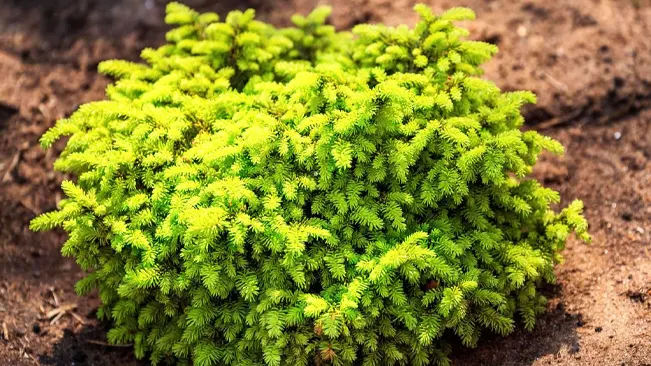
Dwarf spruces are like the tough little heroes of the evergreen world. They don’t grow very big, which makes them perfect for smaller gardens or for filling in spaces in larger ones. Despite their size, they’re super strong and can handle cold winters really well, making your garden look lively even when it’s snowing. They have a neat, structured look that can add a sense of order and beauty to your space. Plus, in the winter, they turn into mini wonderlands after a snowfall, with their branches holding onto the soft, white snow.
Compact Junipers
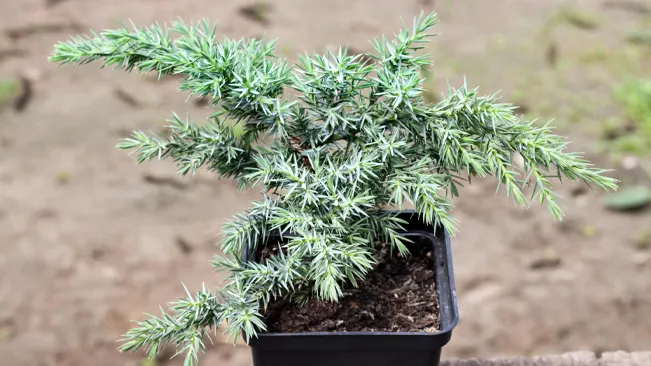
Junipers are like the chameleons of the evergreen family. They come in so many shapes and sizes that there’s probably one that fits exactly what you need, whether it’s a low ground cover or a small, bushy tree. Junipers are pretty easy to take care of, which is great if you’re not looking to add a lot of extra work to your gardening routine. They have this cool, green-to-blueish color that can really make your garden pop, and their woodsy scent is a nice bonus, especially on warm, sunny days.
Small Pine Species
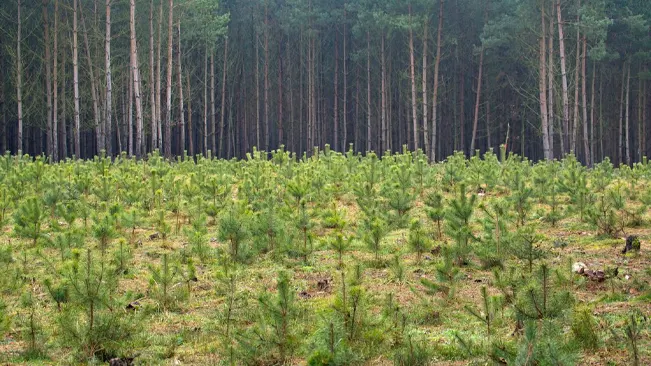
Small pines are like having a piece of the forest right in your backyard. They’re known for their slender needles and the iconic pine cones that kids love to collect. These trees bring a classic, natural beauty to your landscape, and they’re especially magical in the winter when their branches catch the snow. They’re also pretty versatile and can do well in a variety of soils and climates, which is handy because it means more people can enjoy them in their gardens.
Other Notable Mentions
If you’re looking for something a little different, there are plenty of other small evergreens to consider. Boxwoods, for example, are great if you like a neat, formal look. They can be shaped into all kinds of designs, from simple balls to more intricate forms, which makes them perfect for adding a touch of elegance to your space. Arborvitaes are another good choice, especially if you’re looking for a natural privacy screen. They have a nice, dense growth that can help block out noise and sights from outside your garden.
Each of these small evergreen trees has its own special thing that it can bring to your garden. Whether it’s the sturdy beauty of a dwarf spruce, the versatile shapes of compact junipers, the classic forest feel of small pines, or the unique textures and forms of boxwoods and arborvitaes, there’s an evergreen out there that’s perfect for your space. By picking the right ones, you can create a garden that’s not only beautiful to look at all year round but also feels like a little slice of nature just for you.
Planting Tips for Small Evergreen Trees
Best Time to Plant
Picking the right time to plant your small evergreen trees can make a big difference in how well they grow. Early spring and fall are the best times to get your trees into the ground. Why? Because the weather during these seasons is usually mild, which helps the trees settle in without the stress of too much heat or cold. Planting in early spring gives them a chance to grow strong roots before the summer heat hits. Fall planting is great too because the soil is still warm, which encourages root growth, but the cooler air reduces the chance of the trees getting too stressed.
Planting Techniques and Tips
When it’s time to plant your small evergreen trees, there are a few key things to remember to help them get off to a good start:
- Give Them Space: Before you plant, think about how big your tree will get when it’s fully grown. You want to make sure there’s enough room for it to spread out without crowding other plants or structures. This space will help ensure it gets enough sunlight and air flow, keeping it healthy and strong.
- Dig the Right Size Hole: The hole you dig for your tree should be about twice as wide as the root ball (the part of the tree that’s underground). This gives the roots plenty of room to spread out and grab onto the soil. But don’t dig it too deep – the top of the root ball should be level with the ground, so the tree isn’t sitting too high or too low.
- Water Well: After you’ve planted your tree, give it a good soaking with water. This helps settle the soil around the roots and makes sure the tree has enough moisture to start getting established. Watering is really important in the first few weeks after planting, so keep an eye on your tree and make sure it doesn’t dry out.
- Mulch for Moisture: Putting a layer of mulch around the base of your tree can do wonders. It helps keep the soil moist, keeps weeds down, and adds to the look of your garden. Just be sure not to pile the mulch too close to the trunk of the tree, which can cause moisture to build up and lead to problems.
Maintenance Tips for Evergreen Trees
Taking care of your evergreen trees isn’t too hard, but doing it right can make a big difference in how well they grow and how nice they look. Here’s what you need to know about watering, pruning, and fertilizing your trees:
Watering
Water is super important, especially when your evergreen trees are just getting settled in their new home. For the first year or two, you’ll want to give them a good drink regularly. This helps them develop strong roots that can reach out and get water from the soil. After they’re well established, they won’t need as much help from you, except when the weather’s really dry. If it hasn’t rained for a while, check the soil around your trees. If it’s dry, it’s time to give them some water. A good soak now and then is better than a little bit of water all the time. This way, the water gets down deep where the roots can use it.
Pruning
Pruning is like giving your trees a little haircut to help them look their best. When your evergreen trees are young, you can trim them to help shape them the way you want. This is also a good time to cut off any branches that are dead or look sick, which helps keep the rest of the tree healthy. You don’t have to prune them all the time, just once in a while to keep them looking nice and to help air and light reach all parts of the tree.
Fertilizing
Trees, just like people, need the right food to grow strong and healthy. Giving your evergreen trees some fertilizer once a year can give them a boost, especially if the soil they’re in isn’t very rich. The best time to do this is in the spring, just as they’re starting to grow new leaves. Look for a fertilizer that’s made for trees, and follow the instructions on how much to use. You don’t want to overdo it because too much fertilizer can actually harm your trees.
Taking care of evergreen trees is pretty straightforward. By watering them when they’re dry, pruning them now and then, and giving them a bit of fertilizer once a year, you can help them grow up strong and beautiful. This little bit of effort on your part can make a big difference in your garden, keeping it green and lush all year round.
Conclusion
Choosing the right small evergreen trees for your garden is a rewarding journey that enhances your outdoor space with color, privacy, and structure throughout the year. By understanding the unique characteristics of evergreen trees and considering factors like climate, soil type, and the specific needs of your garden, you can select the perfect trees to complement your landscape. Remember, the beauty of your garden doesn’t just lie in its summer bloom but also in its winter charm, provided by the steadfast greenery of evergreens. With the right care and maintenance, your chosen evergreens will thrive, ensuring your garden remains a vibrant and inviting haven all year round.
Frequently Asked Questions (FAQs)
1. What are the best small evergreen trees for small gardens?
Dwarf spruces, compact junipers, small pines, boxwoods, and arborvitaes are great options for small gardens due to their manageable sizes and attractive features.
2. How often should I water my newly planted evergreen trees?
Water them regularly for the first year or two until they’re well established. After that, they generally need water only during prolonged dry spells.
3. When is the best time to plant evergreen trees?
Early spring or fall, when the weather is mild, is ideal. This gives the trees time to establish their roots before facing extreme weather conditions.
4. Do evergreen trees need a lot of sunlight?
Most evergreen trees prefer full sun to partial shade, but this can vary depending on the species. Check the specific needs of the tree you’re planting.
5. How do I know if my soil is right for evergreen trees?
Test your soil’s pH level and adjust it if necessary to meet the needs of your chosen evergreen trees. Some prefer acidic soil, while others thrive in alkaline conditions.
6. Can I prune my evergreen trees to control their size?
Yes, pruning young trees can help shape them and control their size. Just be sure to remove only dead or diseased branches on mature trees to avoid over-pruning.
7. How can I tell if my evergreen tree is not getting enough water?
Signs include browning or yellowing needles and dry, brittle branches. If you notice these signs, increase watering.
8. What type of fertilizer should I use for my evergreen trees?
Use a fertilizer formulated for evergreen trees, ideally one that’s slow-release and designed to promote root growth and foliage health.
9. Can evergreen trees survive in the shade?
While most prefer sunlight, some evergreens can tolerate shade. Research your specific species for its light requirements.
10. How can I make my evergreen trees thrive in clay soil?
Improve clay soil by mixing in compost or other organic matter to enhance drainage and soil structure. Additionally, choosing trees that can tolerate clay soil can also help.


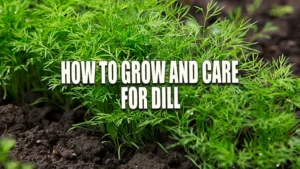






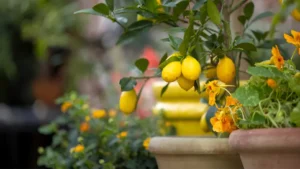
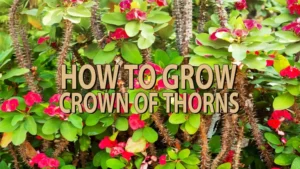



Leave your comment